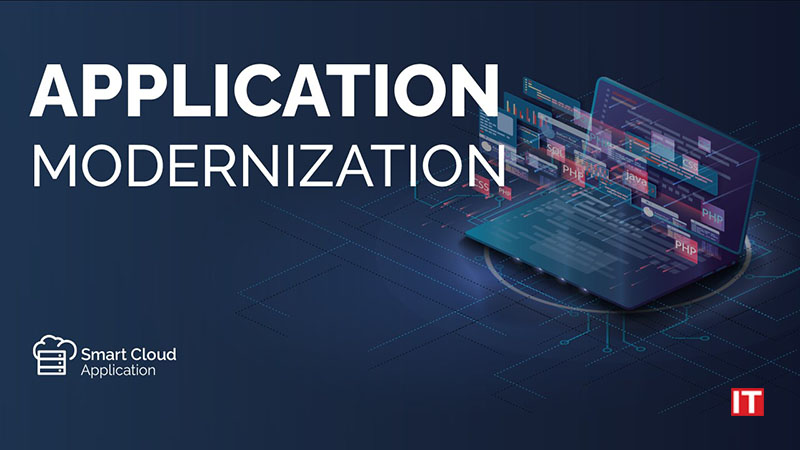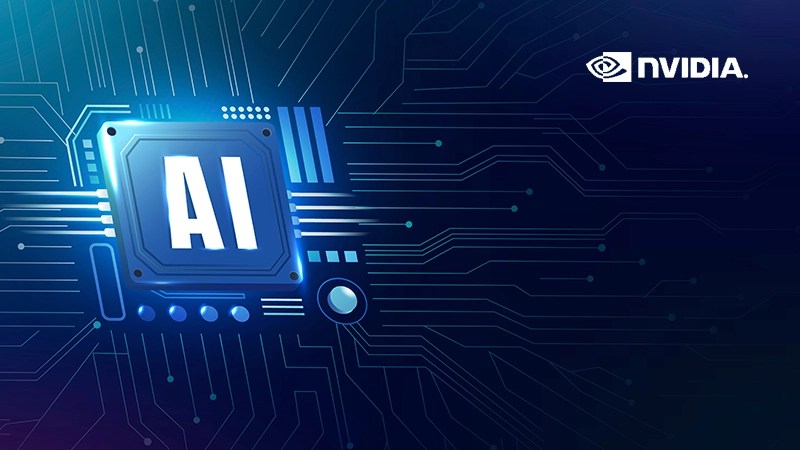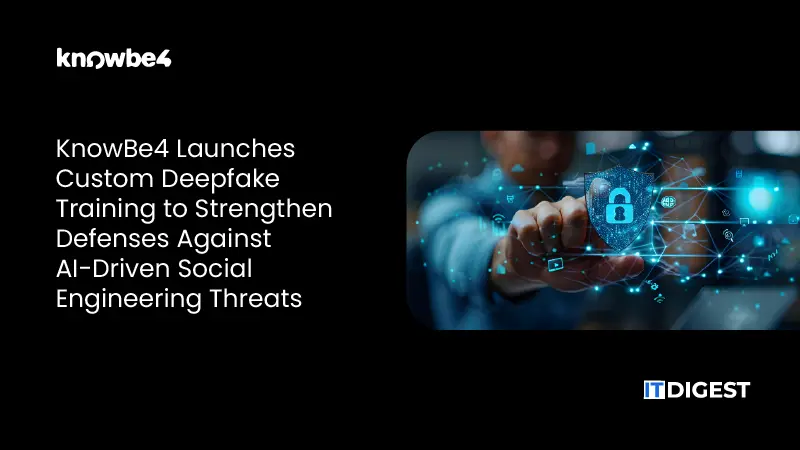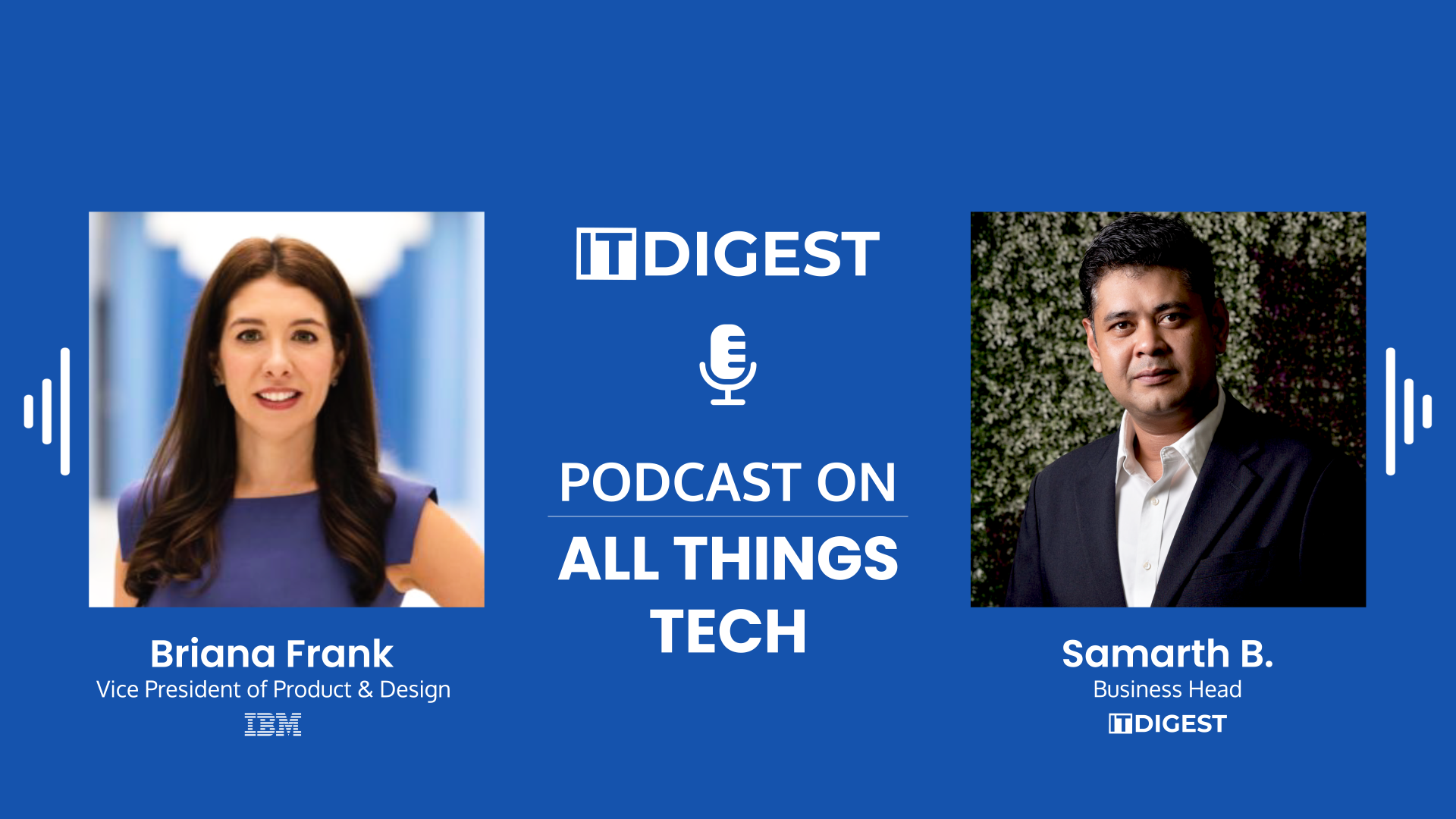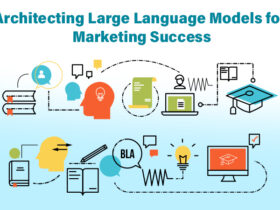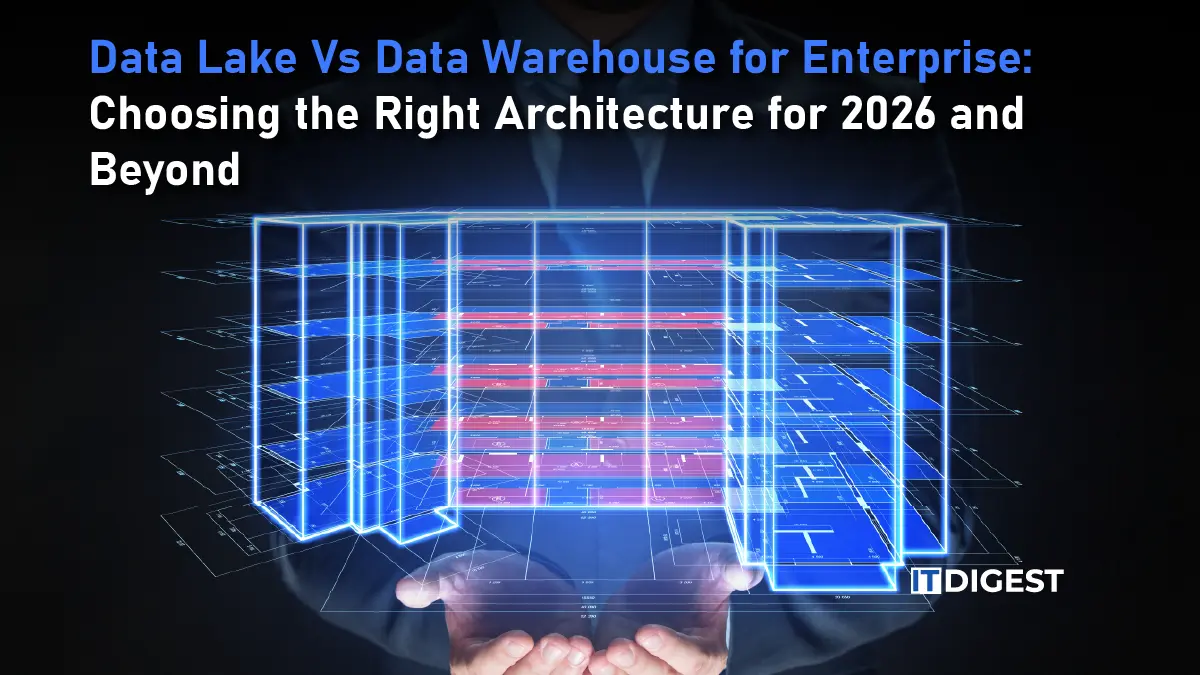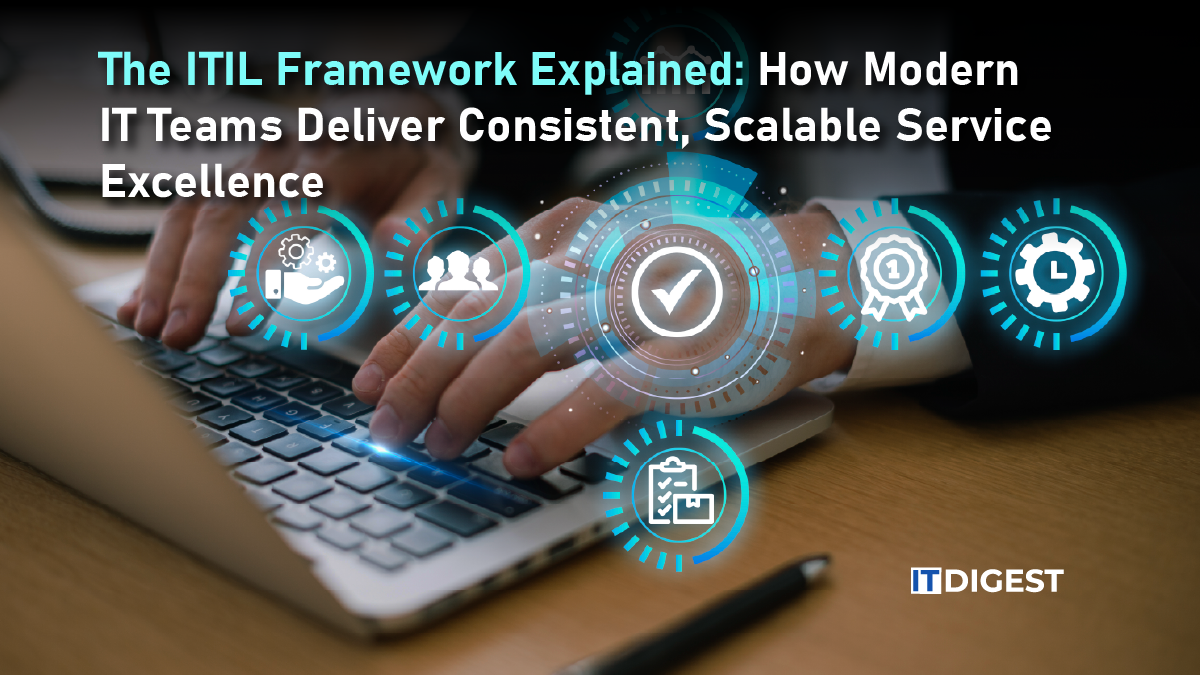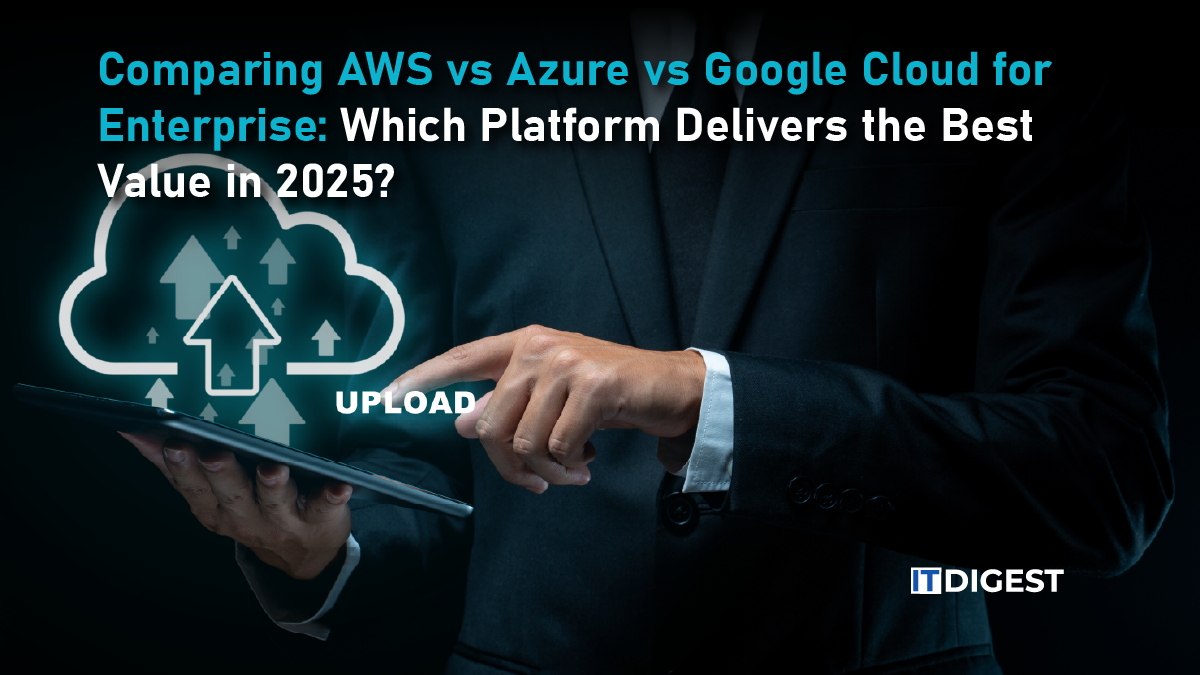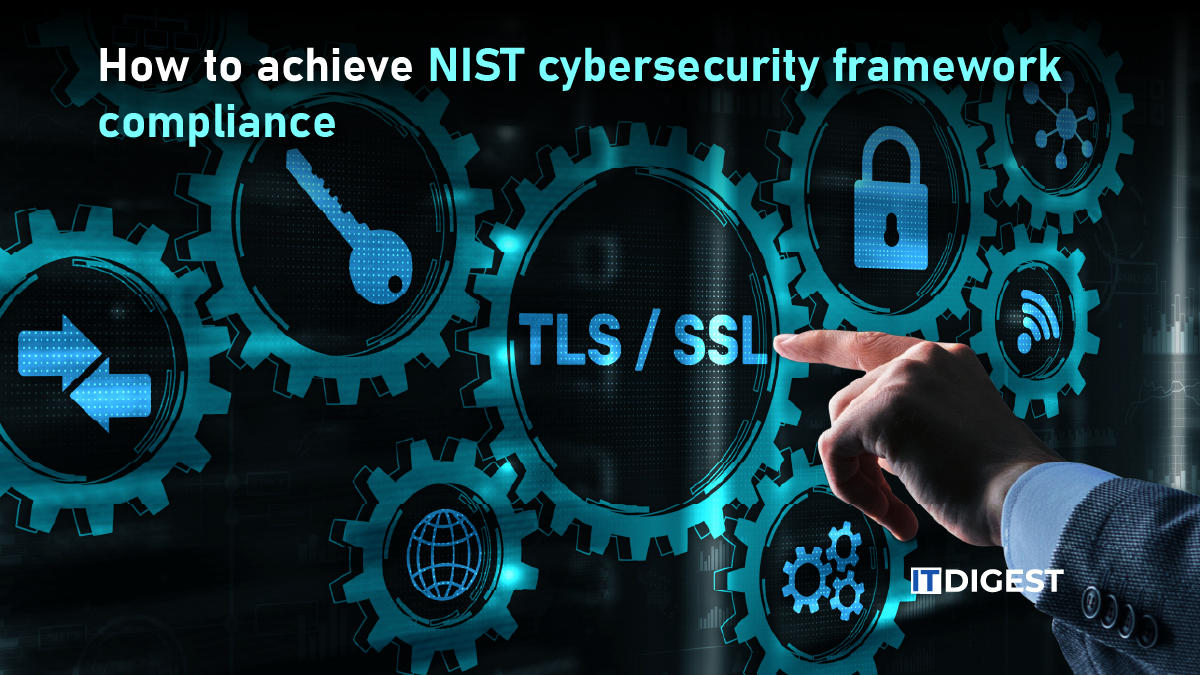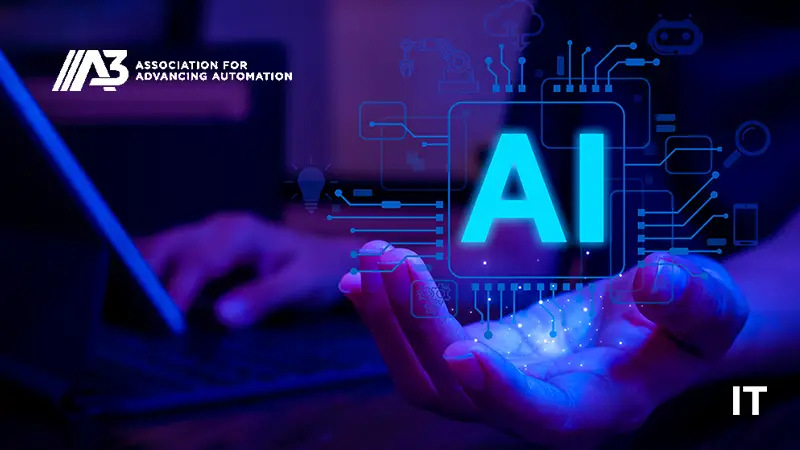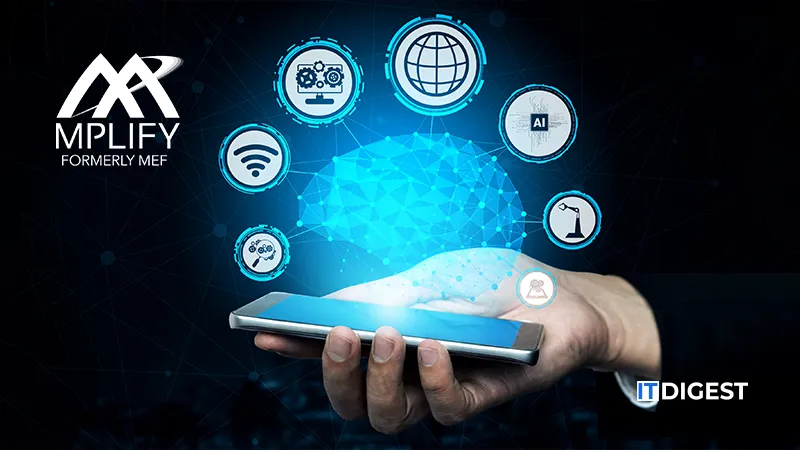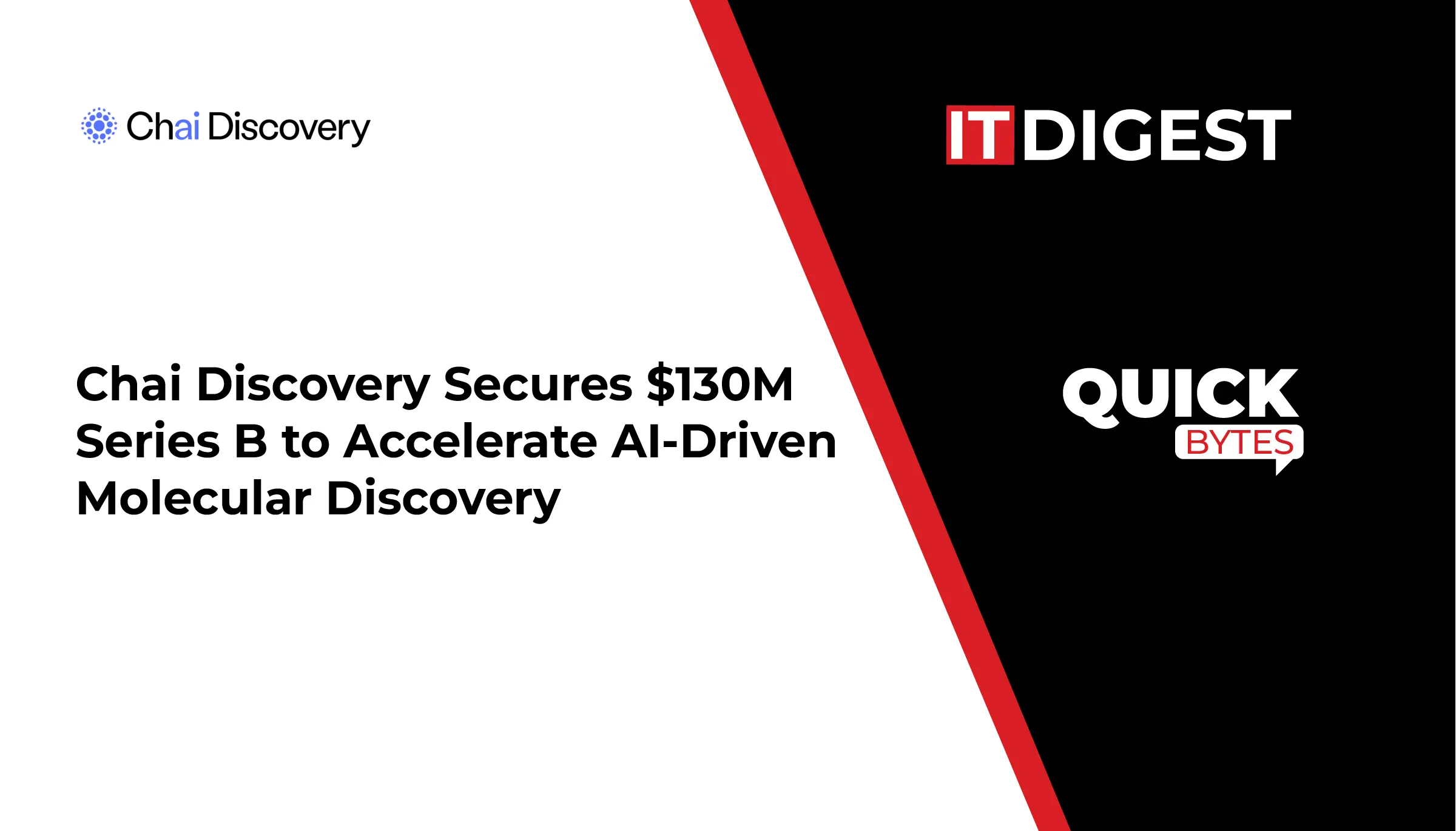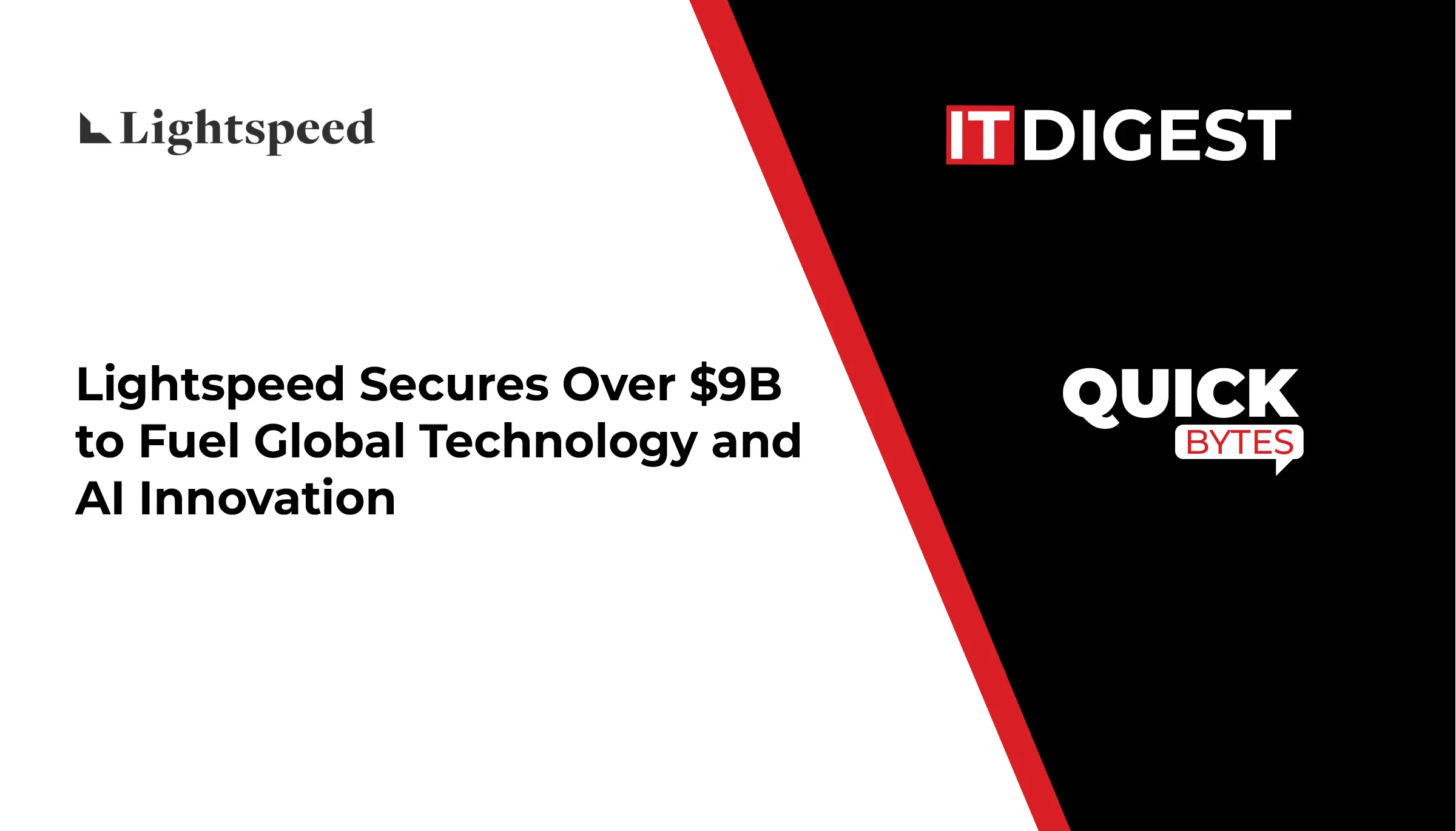For years, cloud interoperability has been the elusive holy grail of enterprise xtechnology. Organizations dream of seamlessly blending public, private, and hybrid cloud environments—only to collide with the harsh reality of incompatible APIs, siloed data formats, and vendor-specific architectures. The result? A tangled web of systems that drain budgets, slow innovation, and leave IT teams firefighting integration issues. But as hybrid and multi-cloud strategies become non-negotiable, a new wave of AI and machine learning (ML) solutions is cutting through the chaos, transforming interoperability from a technical headache into a strategic advantage. A recent survey commissioned by Google finds that only 17% of financial institutions have adopted a multi-cloud strategy, with 27% relying on a single cloud and 38% on a hybrid cloud architecture. Notably, of respondents without a multi-cloud deployment, 88% reported they are considering adopting a multi-cloud strategy in the next 12 months.
This shift isn’t about incremental improvements. It’s a fundamental reimagining of how systems communicate, adapt, and evolve. For technology leaders, the implications are profound: AI isn’t just streamlining cloud interoperability—it’s making it anticipatory, self-healing, and business-outcome-driven.
The Interoperability Challenge: Why Traditional Approaches Fall Short
Before diving into AI’s role, it’s worth revisiting why cloud interoperability remains stubbornly complex. Consider these pain points familiar to any CTO or cloud architect:
Vendor Silos: AWS, Azure, and Google Cloud each have proprietary tools and APIs, forcing teams to build custom connectors that break with every update.
Data Fragmentation: A manufacturing firm might store IoT sensor data in Azure, ERP logs in AWS, and customer analytics in Snowflake—with no unified way to correlate insights.
Security Sprawl: Managing consistent access controls and compliance policies across clouds often requires manual, error-prone configurations.
Traditional solutions like middleware or API gateways address symptoms, not root causes. They’re static, brittle, and unable to handle the dynamic scale of modern cloud ecosystems. Enter AI and ML—technologies uniquely suited to navigate complexity, predict failures, and automate decision-making.
The AI-Driven Interoperability Playbook
Predictive Orchestration: From Reactive to Proactive Integration
Imagine a cloud environment that reconfigures itself before traffic spikes hit or latency thresholds are breached. Machine learning models trained on historical workload patterns make this possible.
Take the case of a global e-commerce retailer struggling with Black Friday traffic across AWS and Google Cloud. By implementing an ML-powered orchestration layer, the company enabled real-time resource allocation between clouds based on predictive demand signals. The system autonomously scaled compute resources in AWS while rerouting non-critical workloads to Google Cloud’s cheaper storage tiers—reducing downtime by 40% and cutting costs by 18%.
This isn’t magic; it’s multivariate regression analysis in action. ML algorithms analyze variables like user geography, transaction volumes, and even social media trends to forecast load and optimize cloud handoffs.
Self-Learning APIs: Ending the Integration Arms Race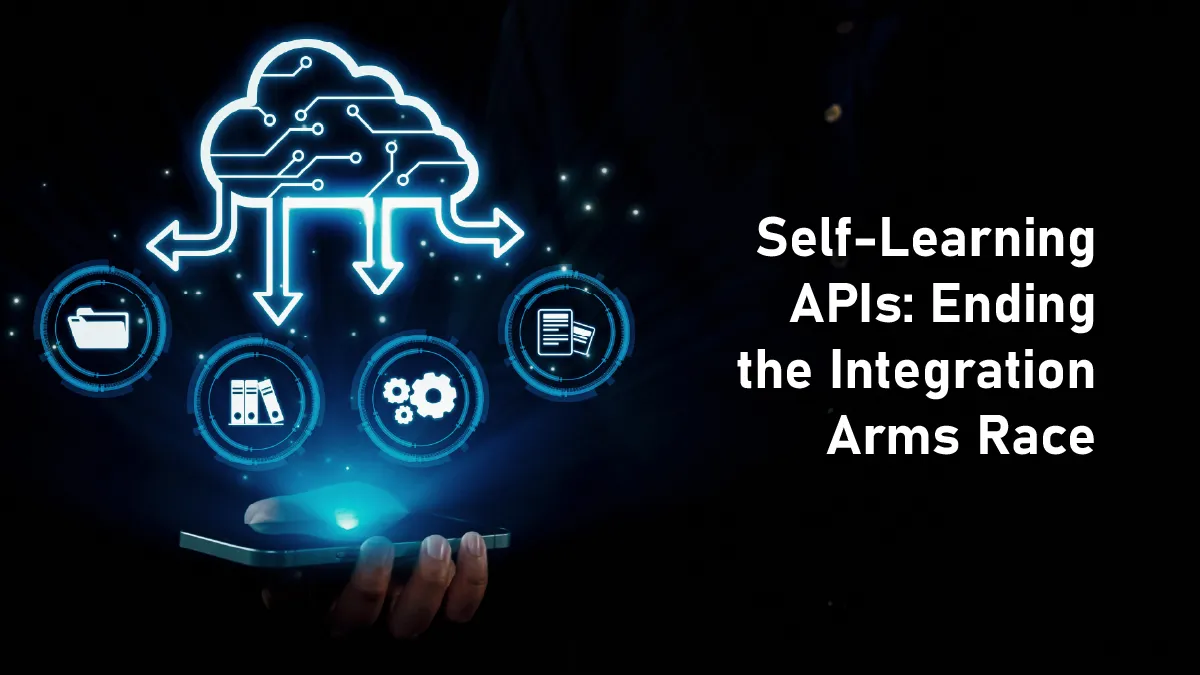
APIs are the glue of cloud interoperability, but maintaining them across evolving platforms is a nightmare. AI is changing the game through:
Semantic API Matching: Natural language processing (NLP) models ‘read’ API documentation from different vendors, mapping equivalent endpoints even if naming conventions differ.
Adaptive Error Handling: ML systems learn from past integration failures (e.g., timeout errors during peak loads) and automatically adjust retry logic or failover paths.
A financial services company used this approach to unify core banking systems across Azure and a legacy private cloud. Their AI-driven integration platform reduced API maintenance costs by 65% by auto-correcting mismatched data schemas and prioritizing high-availability connections.
Context-Aware Data Fabric: Making Silos Obsolete
Data interoperability is the linchpin of cloud success. ML models now create ‘smart’ data fabrics that understand context, not just formats. For example:
Entity Resolution Algorithms: These resolve discrepancies like “Customer_ID” in Salesforce vs. “Client_Code” in an on-prem database, linking records without manual mapping.
Auto-Discovery of Data Relationships: Unsupervised learning detects hidden correlations between datasets across clouds, such as linking supply chain delays in SAP to CRM complaint spikes in HubSpot.
A healthcare provider leveraged this technology to merge patient records from AWS HealthLake, Azure EHR systems, and IoT devices. The ML-powered fabric reduced duplicate records by 30% and accelerated cross-cloud analytics for clinical trials.
Autonomous Security Posture Management
Interoperability’s Achilles’ heel has always been security. AI is closing gaps with:
Behavioral Threat Detection: ML models baseline normal traffic patterns across clouds and flag anomalies, like a sudden spike in data egress from AWS to an unfamiliar private cloud.
Policy Harmonization: Neural networks analyze disparate IAM policies and suggest unified rules that maintain least-privilege access without breaking workflows.
After a retail bank suffered a breach due to misconfigured cross-cloud access, they deployed an AI security layer that autonomously enforced GDPR and PCI compliance across AWS, Azure, and Akamai CDN. False positives dropped by 50%, and audit preparation time shrank from weeks to hours.
Also Read: Unlocking Business Agility Through Next-Gen Cloud Data Management
Real-World Impact: Case Studies in AI-Powered Interoperability
Case 1: Siemens Energy’s Multi-Cloud Transformation
Siemens Energy faced a labyrinth of 15+ cloud environments post-merger, with critical OT data stranded in legacy industrial clouds. Their solution? An AI middleware platform that:
- Used computer vision to convert legacy SCADA system diagrams into cloud-agnostic workflows.
- Deployed reinforcement learning to optimize real-time data routing between AWS Industrial IoT and Microsoft Azure.
Outcome: 70% faster cross-cloud data processing, enabling predictive maintenance alerts that cut turbine downtime by 25%.
Case 2: Unilever’s Global Supply Chain Unification
Unilever’s supply chain spanned SAP on Google Cloud, IoT trackers on Azure, and supplier portals on AWS. Disjointed data led to frequent stockouts. Their fix involved:
- Graph neural networks mapping supplier relationships and risk factors across clouds.
- Federated learning models that trained on localized data without centralizing sensitive info.
Outcome: Achieved 99.9% inventory accuracy and reduced lead times by 40% through AI-driven demand-supply matching.
The Road Ahead: Emerging Trends in AI-Driven Interoperability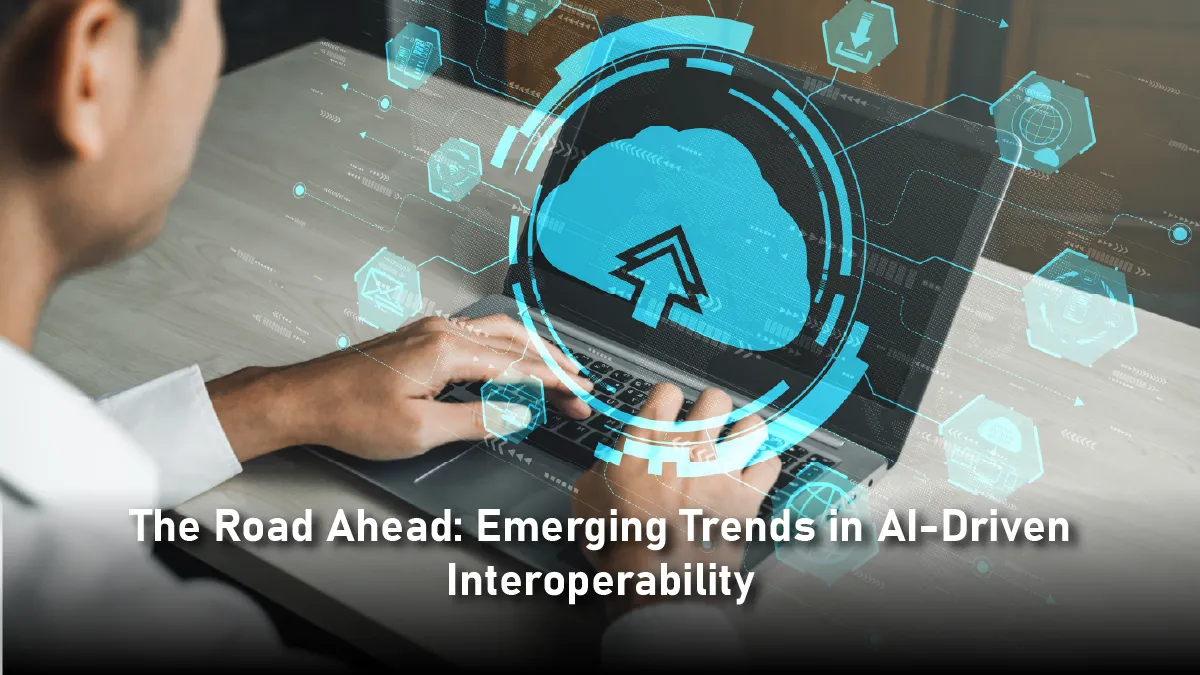
Quantum Machine Learning for Cross-Cloud Optimization
Early adopters are experimenting with quantum ML to solve previously intractable interoperability problems. For example, Volkswagen is using quantum annealing to optimize real-time data sharing between manufacturing clouds and AWS-connected autonomous vehicles—a task requiring near-instantaneous analysis of 10^18 possible network paths.
Generative AI for Synthetic Integration Testing
Tools like ChatGPT-4 are being fine-tuned to generate synthetic test environments that simulate multi-cloud interactions. A telecom company reduced integration testing cycles from 6 weeks to 4 days by using generative AI to create thousands of edge-case scenarios, from API rate limits to regional outages.
Ethical AI Audits for Interoperability Governance
As AI becomes integral to cloud ecosystems, frameworks are emerging to ensure transparency. The EU’s proposed AI Act now includes provisions for “explainable interoperability,” requiring vendors to disclose how AI systems make cross-cloud decisions—a trend tech leaders must monitor.
Implementing AI-Driven Interoperability: A Checklist for Tech Leaders
While the potential is vast, success hinges on strategic execution:
Start with Use Cases, Not Technology
Identify high-impact interoperability pain points. Does your team waste weeks reconciling financial data across NetSuite (Oracle Cloud) and SAP (Azure)? Focus AI efforts there first.
Demand Open Model Architectures
Avoid vendors offering black-box AI solutions. Insist on platforms where ML models can be trained on your specific cloud mix—your data patterns are unique.
Build Cross-Domain AI Literacy
Equip cloud engineers with basic ML ops skills and data scientists with cloud architecture knowledge. Bridging this gap prevents siloed AI deployments.
Prepare for Organizational Resistance
AI-driven interoperability often exposes inefficient processes. One automotive CTO shared how ML revealed that 30% of their “critical” data integrations were obsolete—sparking turf wars with legacy teams.
The Future Is Interoperable—and Autonomous
The convergence of AI and cloud interoperability isn’t just a technical evolution; it’s a paradigm shift in how enterprises leverage technology. As AI systems grow more contextual and self-directed, the very notion of “integration” will fade into the background—replaced by environments that adapt fluidly to business needs.
For technology leaders, the mandate is clear: Treat AI not as another tool, but as the central nervous system of your cloud strategy. The organizations that master this transition won’t just survive the multi-cloud era—they’ll redefine it.





